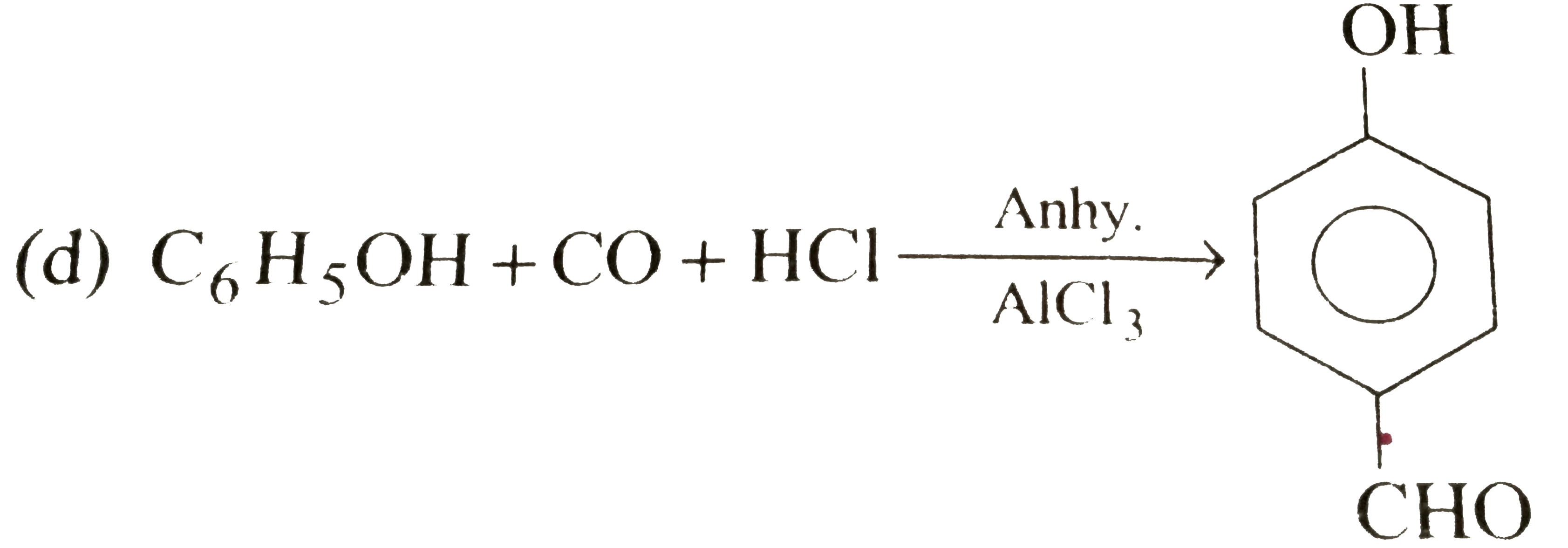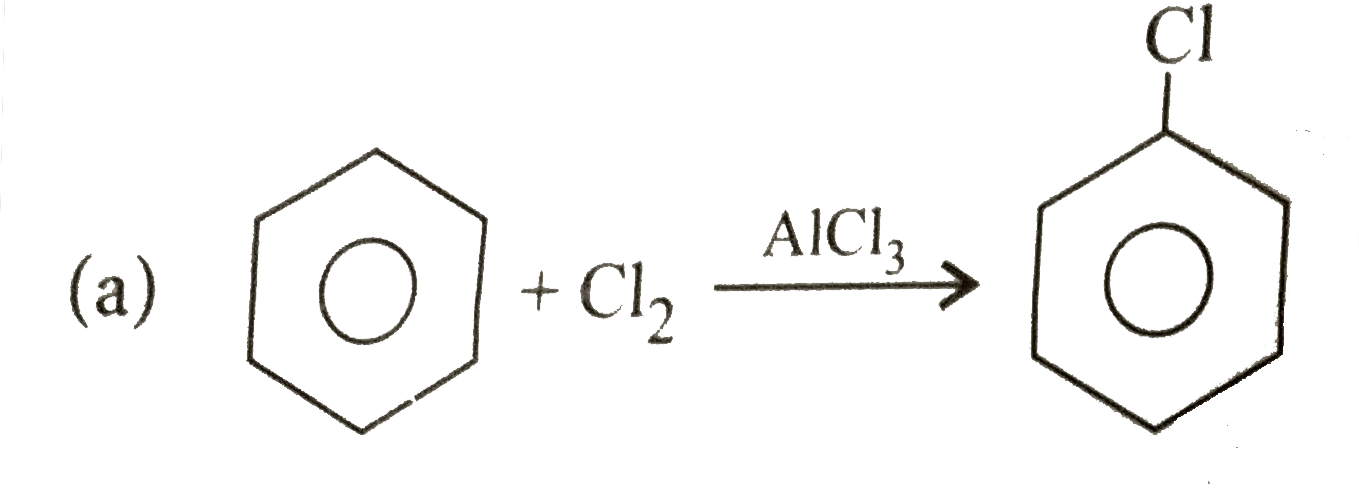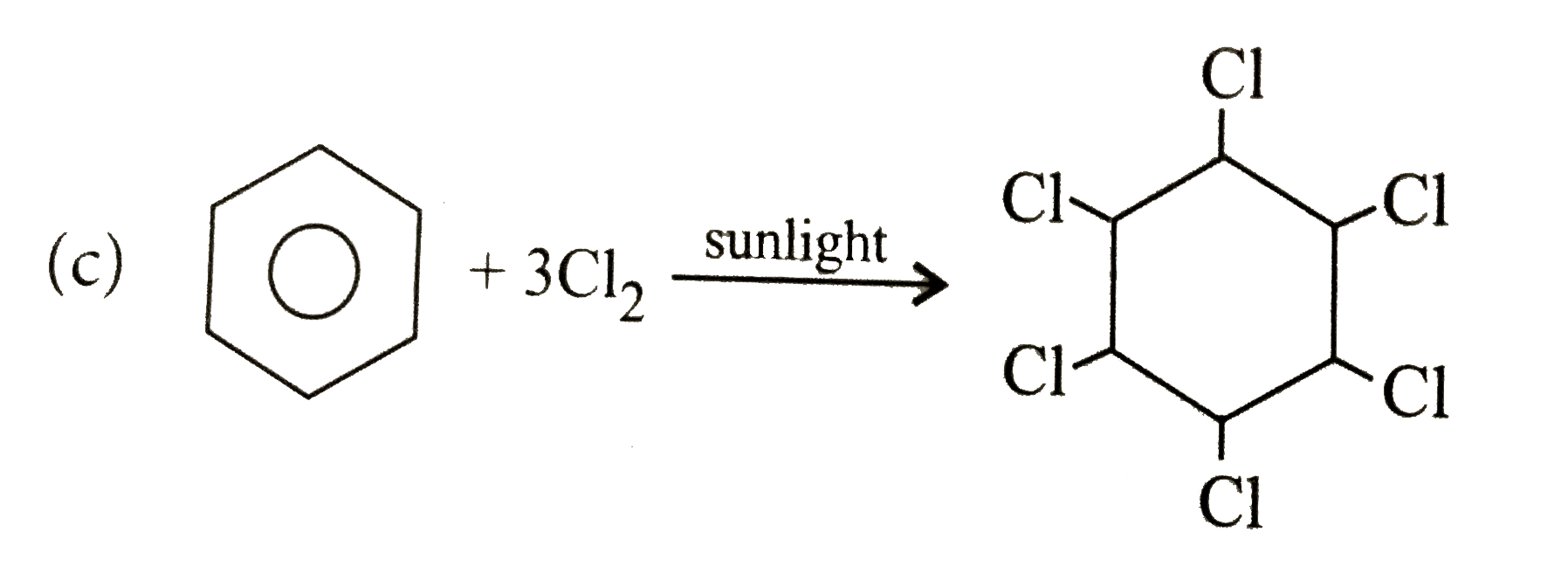An example of electrophile is
NO−2
NH3
AlCl3
H2O
The correct Answer is:C
To identify an example of an electrophile, we need to understand what an electrophile is. An electrophile is defined as an electron-deficient species that can accept electrons. This can occur in two scenarios: either the species has a positive charge or it is neutral but has an incomplete octet of electrons.
1. Define Electrophile:
- An electrophile is an electron-deficient species that seeks to gain electrons. It can be positively charged or neutral with an incomplete octet.
2. Analyze Given Molecules:
- We will analyze the structures of the molecules provided to determine if they are electrophiles.
3. Nitrogen Dioxide (NO2):
- Nitrogen (N) has a valency of 5 and forms bonds with oxygen. In the Lewis structure of NO2, nitrogen shares electrons with oxygen but has an incomplete octet. However, NO2 is not typically classified as an electrophile.
4. Ammonia (NH3):
- In ammonia, nitrogen has formed three bonds with hydrogen and has one lone pair of electrons. Its octet is complete, so it is not an electrophile.
5. Aluminum Chloride (AlCl3):
- Aluminum (Al) is a group 13 element with a valency of 3. In AlCl3, aluminum forms three bonds with chlorine atoms, but it has only 6 electrons around it, making its octet incomplete. This electron deficiency means that AlCl3 is an electrophile.
6. Water (H2O):
- In water, oxygen has formed two bonds with hydrogen and has two lone pairs of electrons. Its octet is complete, so it is not an electrophile.
7. Conclusion:
- Among the analyzed molecules, AlCl3 is the only one that is an electrophile due to its electron deficiency.
Final Answer:
An example of an electrophile is AlCl3 (Aluminum Chloride).
- An electrophile is an electron-deficient species that seeks to gain electrons. It can be positively charged or neutral with an incomplete octet.
- We will analyze the structures of the molecules provided to determine if they are electrophiles.
- Nitrogen (N) has a valency of 5 and forms bonds with oxygen. In the Lewis structure of NO2, nitrogen shares electrons with oxygen but has an incomplete octet. However, NO2 is not typically classified as an electrophile.
- In ammonia, nitrogen has formed three bonds with hydrogen and has one lone pair of electrons. Its octet is complete, so it is not an electrophile.
- Aluminum (Al) is a group 13 element with a valency of 3. In AlCl3, aluminum forms three bonds with chlorine atoms, but it has only 6 electrons around it, making its octet incomplete. This electron deficiency means that AlCl3 is an electrophile.
- In water, oxygen has formed two bonds with hydrogen and has two lone pairs of electrons. Its octet is complete, so it is not an electrophile.
- Among the analyzed molecules, AlCl3 is the only one that is an electrophile due to its electron deficiency.
An example of an electrophile is AlCl3 (Aluminum Chloride).
Topper's Solved these Questions
- SOME BASIC PRINCIPLES AND TECHNIQUESBOOK - NARAYNACHAPTER - SOME BASIC PRINCIPLES AND TECHNIQUESEXERCISE - EXERCISE - I (H.W) (TYPES OF REACTION AND MECHANISM)
2 Videos
- SOME BASIC PRINCIPLES AND TECHNIQUESBOOK - NARAYNACHAPTER - SOME BASIC PRINCIPLES AND TECHNIQUESEXERCISE - EXERCISE - I (H.W) (METHODS OF PURIFICATION OF ORGANIC COMPOUNDS)
17 Videos
- SOME BASIC PRINCIPLES AND TECHNIQUESBOOK - NARAYNACHAPTER - SOME BASIC PRINCIPLES AND TECHNIQUESEXERCISE - EXERCISE - I (H.W) (CLEAVAGE OF BONDS AND ELECTRONIC DISPLACEMENTS )
7 Videos
- SOME BASIC CONCEPTS OF CHEMISTRYBOOK - NARAYNACHAPTER - SOME BASIC CONCEPTS OF CHEMISTRYEXERCISE - EXERCISE - IV
43 Videos
- STATES OF MATTERBOOK - NARAYNACHAPTER - STATES OF MATTEREXERCISE - A & R TYPE QUESTIONS
16 Videos
Similar Questions
Knowledge Check
Which of the following reaction is not an example of electrophilic substitution ?
AC6H6++NO2→C6H5NO2+H+BC6H6+CH3ClAlCl3C6H5−CH3+HClCC6H5+CH3Cl2UV light−−−−→C6H6Cl6D
Which of the following reactions is not an example of electrophilic substitution in benzene ring?
A B
B C
C D
D
Assertion. Addition of H2O to acetylene occurs in presence of dil. H2SO4 and HgSO4 to give acetaldehyde
Reason It is an example of electrophilic addition reactionAIf both assertion and reason are true, and reason is the true explanation of the assertion.BIf both assertion and reason are true, but reason is not the true explanation of the assertion.CIf assertion is true, but reason is false.DIf both assertion and reason are false
This section conatains assertion (A) reason® type questions .Each question has 4 choices (1) (2) (3) and (4) out of which only one is correct.
Assertion (A) Protanation of the carbonyl group increases its electrophilic nature.
Reason {R} This is an example of electrophilic addittion on nucleophillic oxygen.
View SolutionSome statement are given below
1. Kharasch effect is only applicable for HI
2. Wurtz reaction can be used to ascend the alkane series
3. ease of elimination of R-X is 1∘>2∘>3∘
4. addition of H-X in alkene is an example of electrophilic addition.
Among the above the correct statement(s) is /are
View SolutionWhich of the following are examples of electrophilic addition?
View SolutionThe example of an electrophilic substitution reaction is
View SolutionElectrophiles are
View Solution
